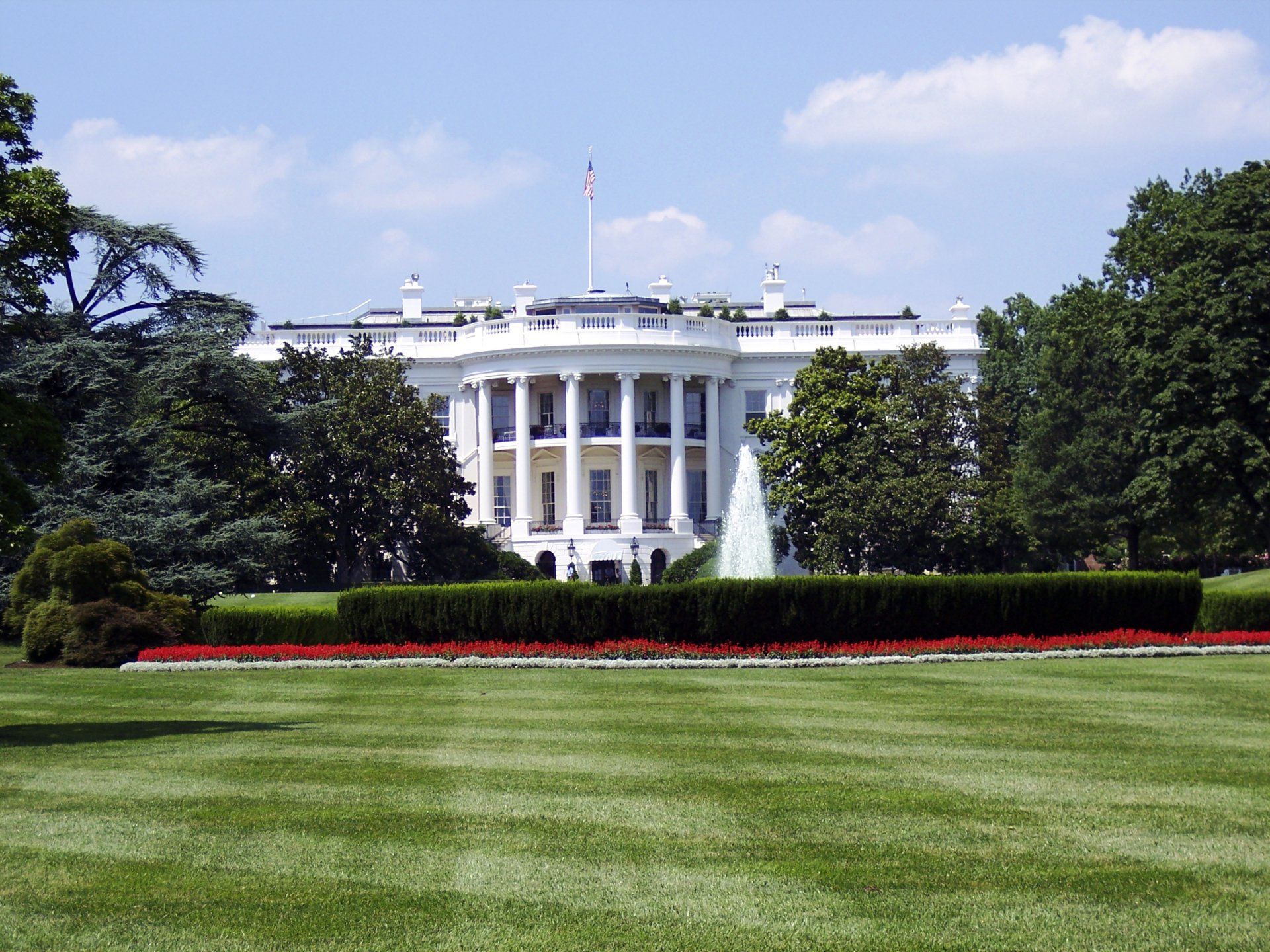What’s keeping Virginians from EVs?
Virginia’s transportation sector is its largest source of carbon dioxide emissions. 48% of Virginia’s energy-related CO2 emissions come from transportation. Only 29% comes from electric power generation. As the electric grid slowly improves, consumers are starting to show more interest in electric vehicles. According to a recent report by Generation 180, 53% of Virginians are “somewhat likely” or “very likely” to consider an EV for their next vehicle.
Justifiably, critics of widespread electric vehicle deployment are concerned with the additional electricity demand on the grid. The emissions reduction benefits from EVs are directly related to the cleanliness of the grid from which they pull their energy. However, using the average energy mix in Virginia, which includes coal-fired plants, driving an EV saves approximately 8,000 tons of CO2 per car annually compared to gas-powered cars.
Virginia also stands to gain economically from a more robust electric vehicle industry. Building out an electrified transportation sector will create many high-quality jobs. Additionally, Virginia spends approximately $10 billion per year on fuels that are imported from out of state to meet transportation needs. Bringing that added energy production in state is a way to generate additional economic output.
Despite these benefits, there are significant barriers to the EV industry in Virginia. The first is supply. Car manufacturers determine where to distribute their products and as such prioritize supplying EVs to states with favorable policies, such as minimum requirements for zero emission vehicles. Generation 180’s study calculated there are approximately 44% fewer EVs available in Virginia dealerships compared to Maryland dealerships because of differing policies.
Virginians are also reluctant to invest in EVs for fear of an inadequate charging infrastructure. Virginia currently has 1,520 public Level 2 plugs and 478 public DCFC plugs. This is to support about 24,000 EVs in the state. In contrast, Maryland has more plugs than Virginia for a far smaller geographic area.
The Generation 180 report presents a number of policy initiatives for the General Assembly to adopt:
- Enact more stringent vehicle standards. States are allowed to enact vehicle emissions standards that are stricter than those at the federal level under Section 177 of the Clean Air Act. So far 14 other states have opted to do so.
- Create a point-of-sale EV rebate. While EVs ultimately save money for consumers and reduce transportation emissions for the state they have a high upfront cost. Financial incentives can go a long way towards encouraging EV purchases, especially among low- and middle-income households.
- Sign the Transportation Climate Initiative MOU. The TCI is a collaboration of 12 states and the District of Columbia created to reduce transportation emissions. It operates similarly to RGGI, which Virginia agreed to join this year, but specifically for transportation.
Additionally, specific incentives could be very effective in removing some barriers. Employers and developers should be given tax credits to build charging stations at various buildings. Consumers should be given price breaks to charge cars at night and other off-peak hours.
It is important to note that a stable grid is crucial to meet the expanded demand that increased numbers of EVs would create. In California there are concerns about the wear on an already overburdened system. However, many proponents contend that EVs will help California’s grid by operating essentially as batteries for their excess solar power generation. With prudent policies and infrastructure, Virginia could see a more robust EV industry and the associated benefits.





